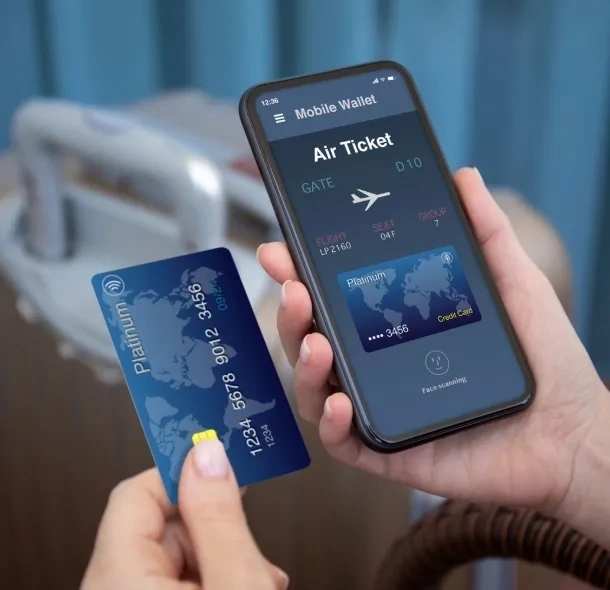Successful approvals start with strong transaction security
European regulation requires e-commerce transactions to be secured whether it is through 3DS, tokenisation or exemptions. This is how to ensure you meet the requirements:
1. Authenticate payments via 3D Secure (3DS) or enable tokenisation when required. As a merchant, alongside your PSP, you dictate how these requests are sent; OR
2. Utilise Strong Customer Authentication (SCA) exemption flags in Europay Mastercard Visa (EMV) 3DS authentication message for highest chance of approval. As a merchant, alongside your PSP, you dictate the flow of SCA transactions
3. Utilise a Cardholder Authenication Verification Value (CAVV) to identify unsuccessful authentications and qualify for special interchange pricing
4. Authenticated transactions can still be declined due to technical reasons or abandonment. Work with us and your PSP to understand how to remediate error values
Exemption and CAVV Values
SCA Exemption Values:
- 01 = Merchant Initiated Transaction
- 02 = Transaction Risk Analysis
- 03 = Recurring
- 04 = Low Value Payment
- 05 = SCA Delegation
- 06 = Secure Corporate Payment
CAVV is a cardholder account verification value and is used by card brands to judge whether an authentication was a success:
- Mastercard (0: Authentication failed, 1: Authentication attempted, 2: Authentication successful)
- Visa (Blank/0: CAVV could not be verified or missing, 1,4,7,9: CAVV verification failed, 2,3,8,9,A = CAVV verification successful)










